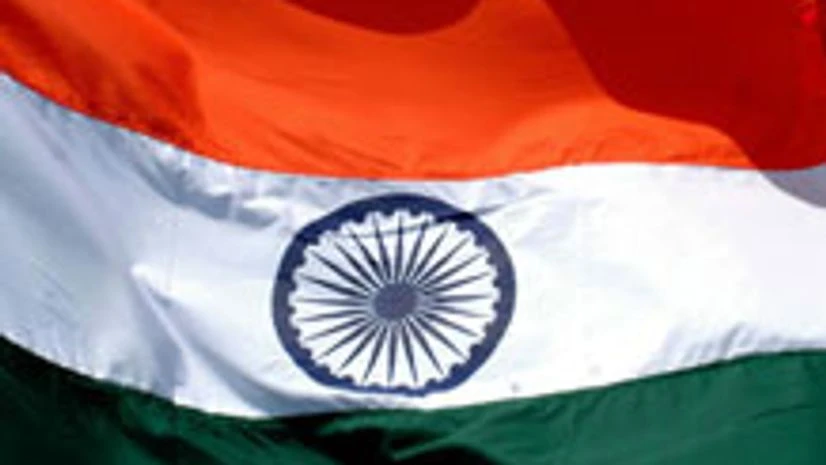Among Asian countries, India continues to be the top country of birth for scientists and engineers who have made the US their destination for key research and development, latest data has revealed.
With 950,000 out of Asia's total 2.96 million, India's 2013 figure represented an 85% increase from 2003, according to a new report from the National Science Foundation's National Center for Science and Engineering Statistics (NCSES).
From 2003 to 2013, the number of scientists and engineers residing in the US rose from 21.6 million to 29 million.
"An important factor in that increase over the same time period, the number of immigrant scientists and engineers went from 3.4 million to 5.2 million," the report noted.
Of the immigrant scientists and engineers in the US in 2013, 57% were born in Asia while 20% were born in North America (excluding the US), Central America, the Caribbean or South America.
"While 16% were born in Europe, 6% were born in Africa and less than 1% were born in Oceania.
More From This Section
"Immigrants went from making up 16% of the science and engineering workforce to 18%," the NCSES statement read.
In 2013, the latest year for which numbers are available, 63% of US immigrant scientists and engineers were naturalised citizens, while 22% were permanent residents and 15% were temporary visa holders.
Since 2003, the number of scientists and engineers from the Philippines increased 53% and the number from China, including Hong Kong and Macau, increased 34%.
The NCSES report found that immigrant scientists and engineers were more likely to earn post-baccalaureate degrees than their US-born counterparts.
In 2013, 32% of immigrant scientists reported their highest degree was a master's (compared to 29% of US-born counterparts) and 9% reported it was a doctorate (compared to 4% of US-born counterparts).
"The most common broad fields of study for immigrant scientists and engineers in 2013 were engineering, computer and mathematical sciences, and social and related sciences," the report revealed.
Over 80% of immigrant scientists and engineers were employed in 2013, the same percentage as their US-born counterparts.
Among the immigrants in the science and engineering workforce, the largest share (18%) worked in computer and mathematical sciences, while the second-largest share (eight%) worked in engineering.
Three occupations -- life scientist, computer and mathematical scientist, and social and related scientist - saw substantial immigrant employment growth from 2003 to 2013.

)
